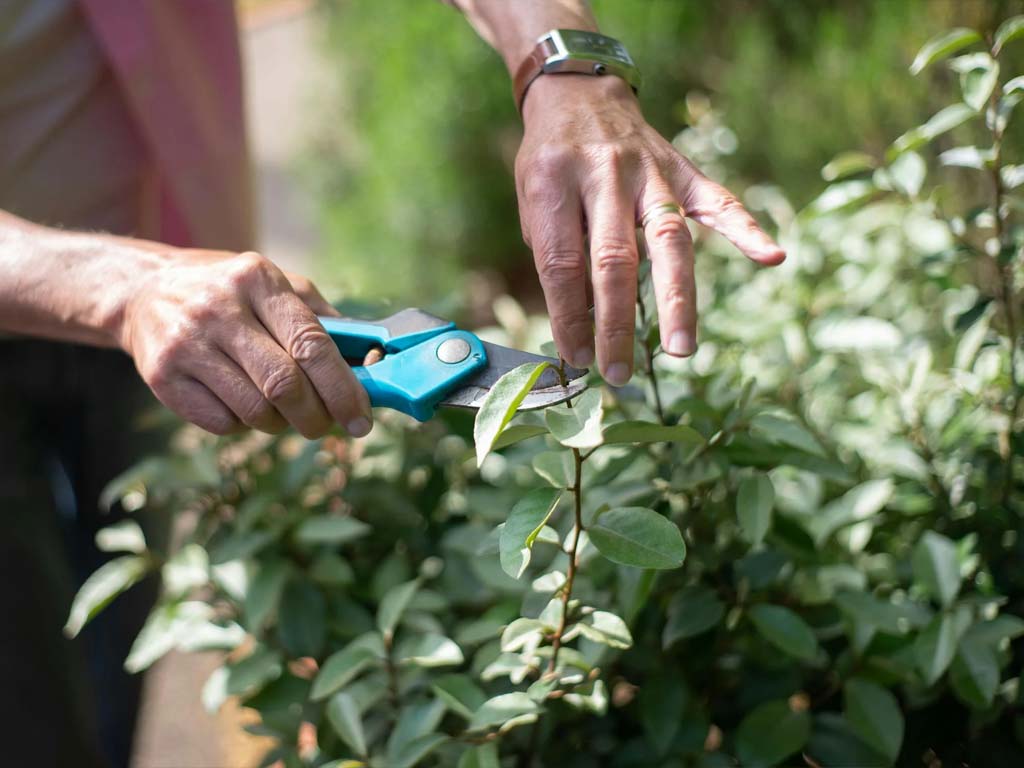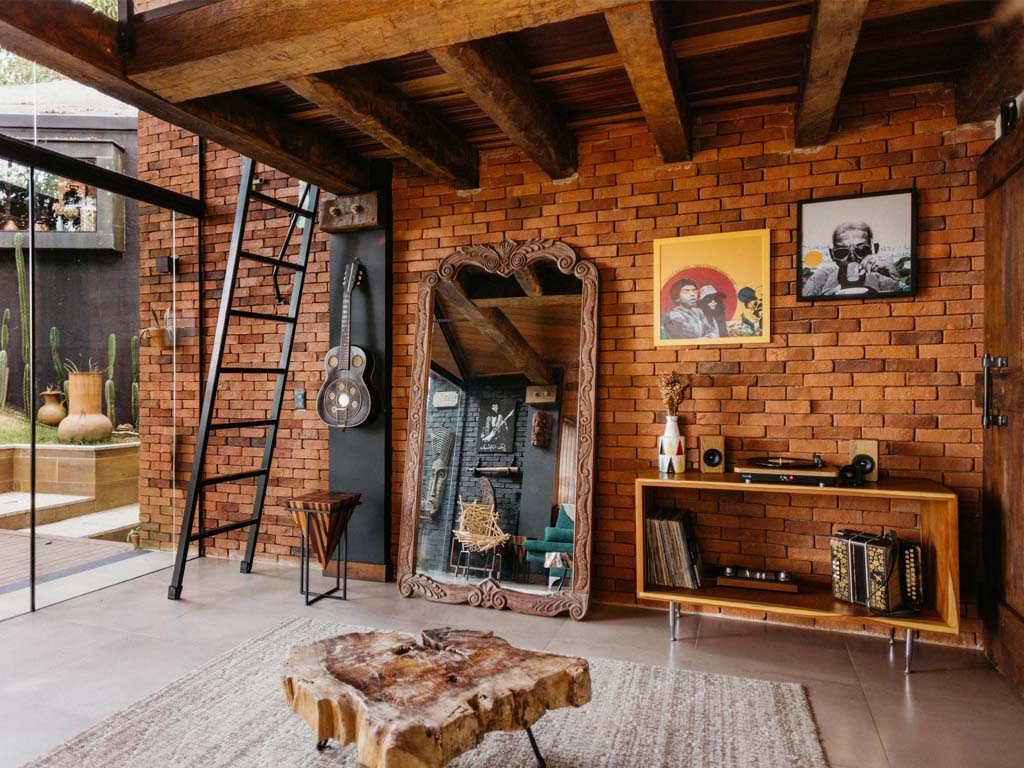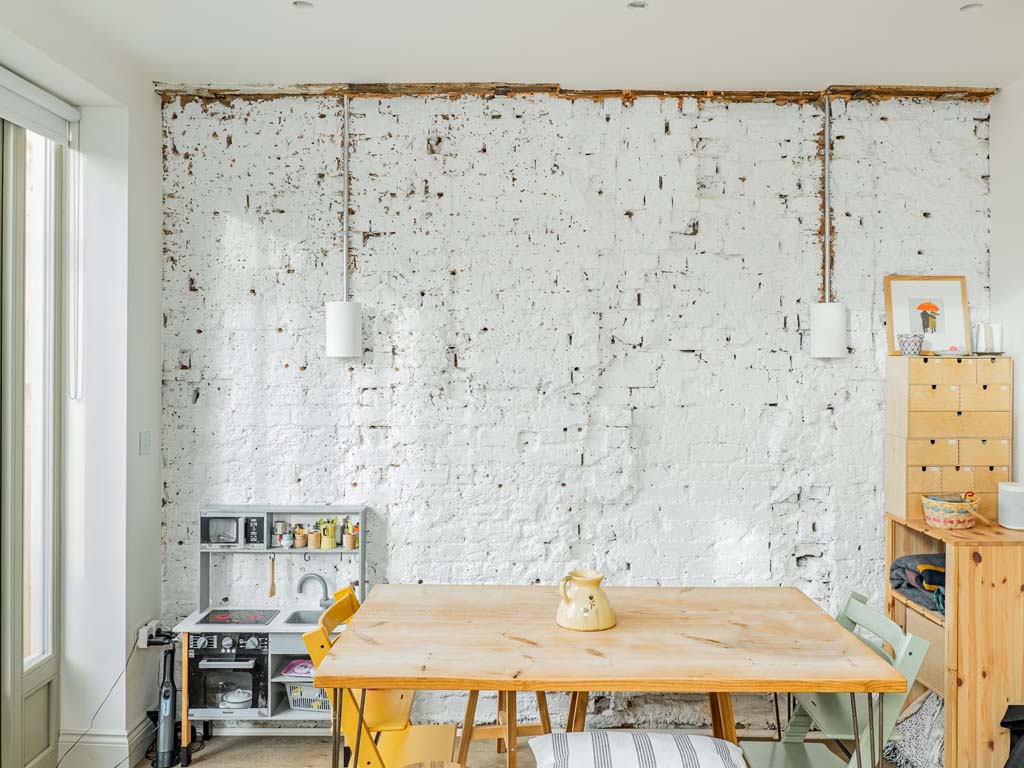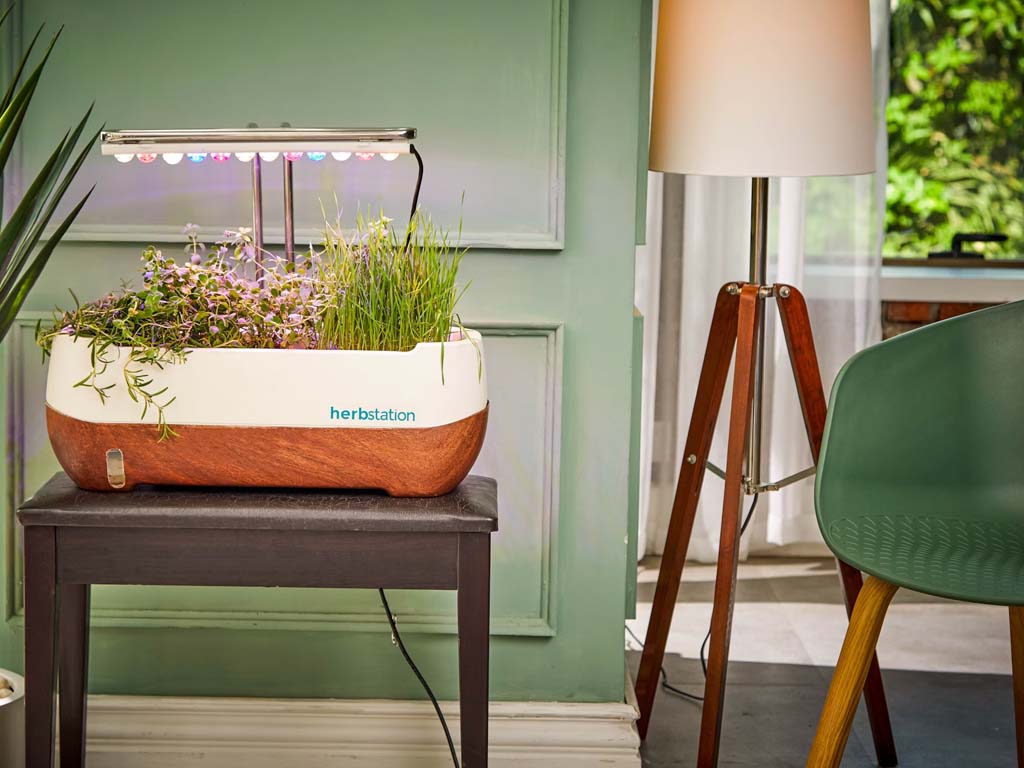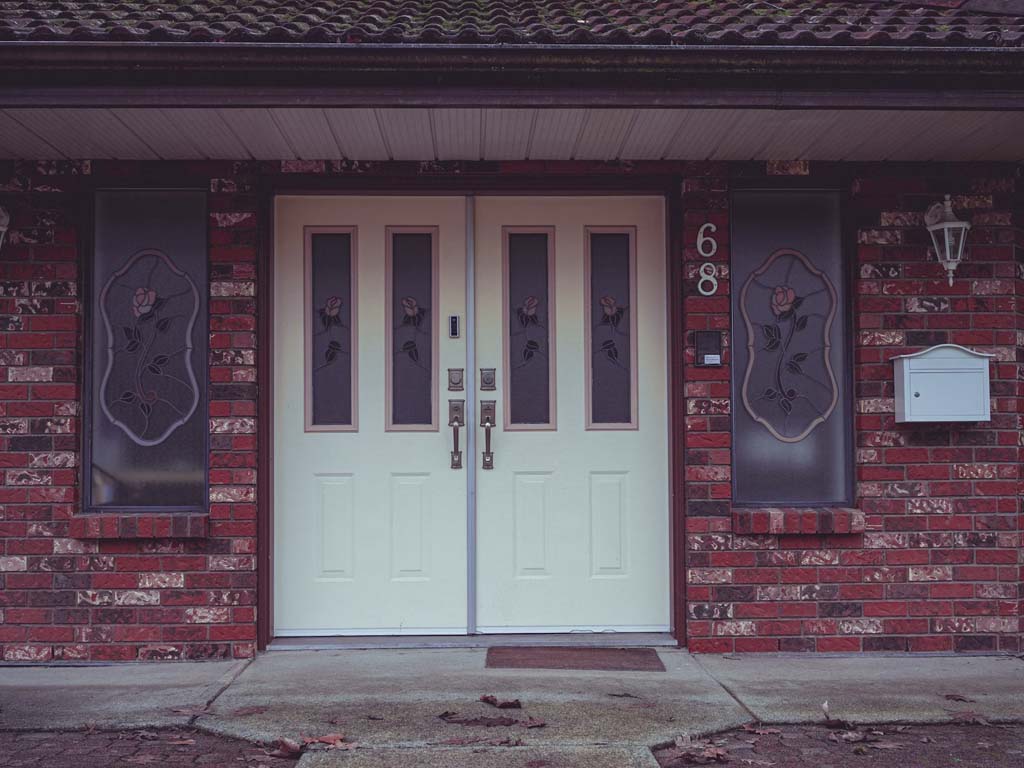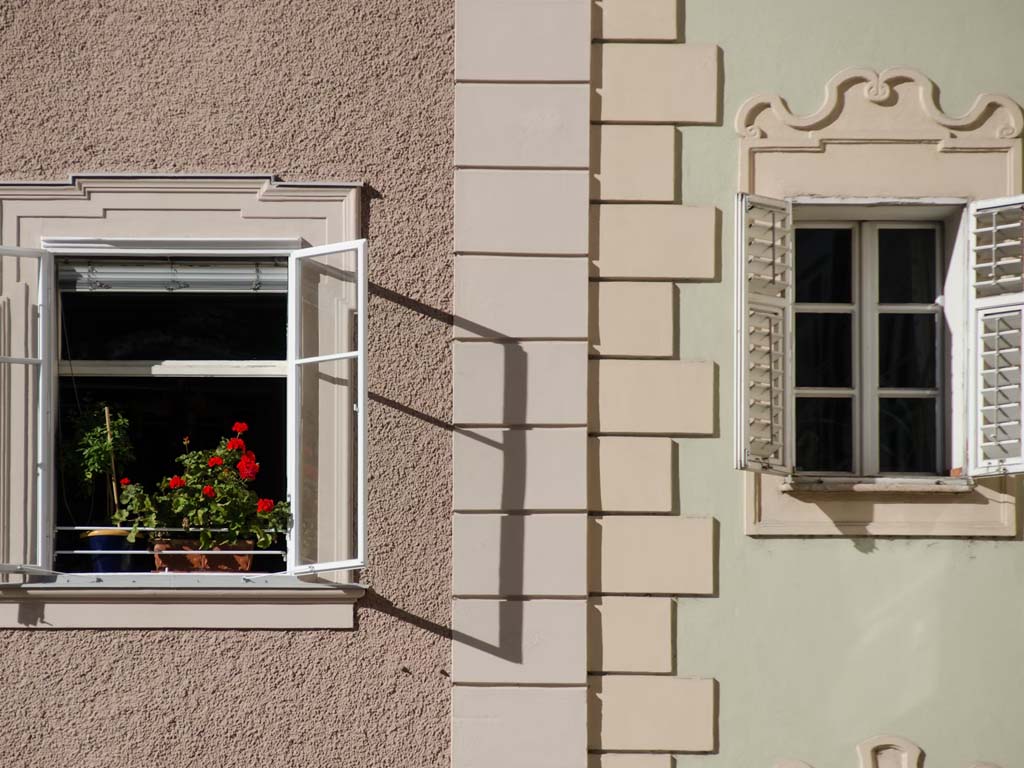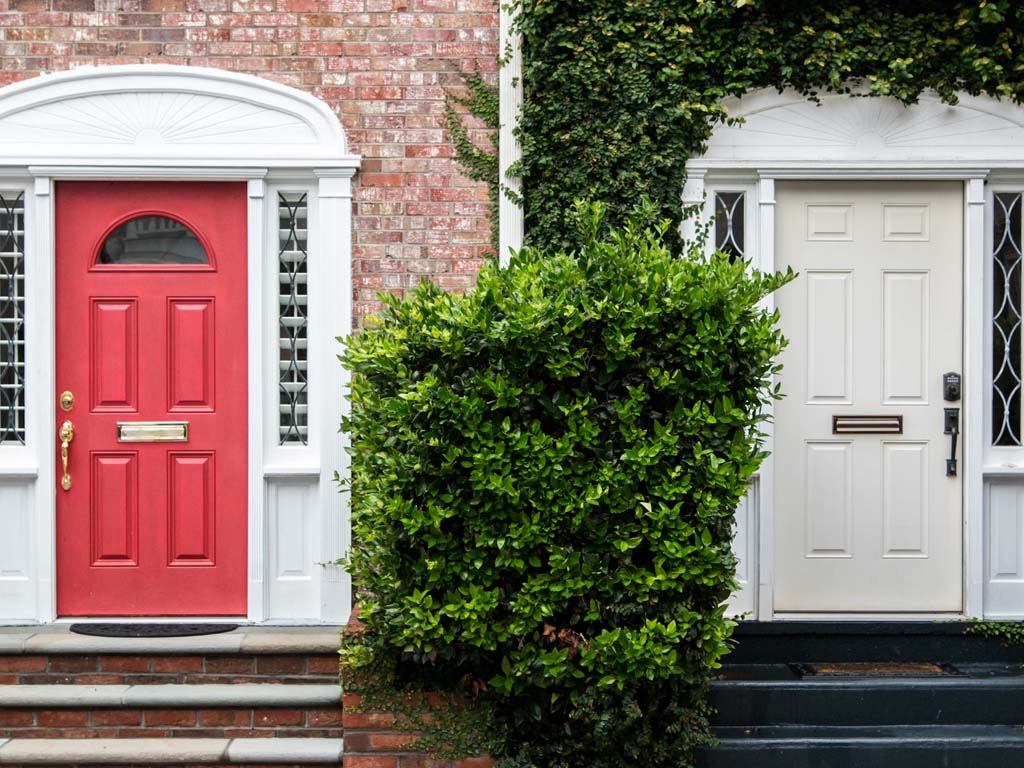Landscaping is an essential aspect of homeownership that not only enhances the aesthetic appeal of your property but also adds value. However, traditional gardens often require a lot of attention, time, and effort to maintain. If you’re looking to create a beautiful outdoor space without the constant upkeep, low-maintenance landscaping is the way to go. With the right design and plant choices, you can have a gorgeous garden that requires less time and effort to care for, leaving you more time to enjoy your surroundings.
In this comprehensive guide, we will share essential tips for creating a low-maintenance landscape that will thrive with minimal intervention. From selecting the right plants to using hardscaping features, these strategies will help you achieve an outdoor oasis that’s both beautiful and easy to maintain.
1. Choose the Right Plants
One of the most crucial steps in creating a low-maintenance landscape is selecting plants that require minimal care. By choosing plants that are suited to your local climate, soil, and conditions, you can reduce the need for constant attention.
A. Opt for Native Plants
Native plants are naturally adapted to your region’s climate, soil, and pests. They require less water, fertilizer, and pesticide compared to non-native species. Native plants also provide food and habitat for local wildlife, making them an eco-friendly choice for your garden.
Benefits of Native Plants:
– Drought-Tolerant: Many native plants are drought-resistant, meaning they need less water.
– Pest-Resistant: Native plants are naturally resistant to local pests, reducing the need for chemical treatments.
– Low Maintenance: Once established, native plants thrive with minimal care.
Examples of Native Plants:
– For dry climates: Lavender, sagebrush, yucca, and desert marigold.
– For temperate climates: Coneflower, black-eyed Susan, and daylilies.
– For coastal areas: Beachgrass, sea lavender, and coastal strawberries.
B. Select Drought-Tolerant Plants
In regions where water conservation is important or during hotter months, drought-tolerant plants are a must. These plants are adapted to survive in dry conditions and require little watering once established.
Drought-Tolerant Plants to Consider:
– Succulents: Agave, sedum, and aloe vera.
– Grasses: Blue fescue, muhly grass, and switchgrass.
– Herbs: Thyme, rosemary, and oregano.
By incorporating these plants into your landscape, you can create a lush, low-maintenance garden that thrives without constant watering.
2. Use Mulch and Groundcovers
Mulch and groundcovers are powerful tools in low-maintenance landscaping. They help conserve moisture, suppress weeds, and regulate soil temperature, all of which contribute to a healthier and more manageable garden.
A. Apply Mulch
Mulch is one of the best ways to reduce the maintenance needed in your garden. It helps retain moisture, preventing the need for frequent watering. Additionally, mulch improves soil quality and reduces the growth of weeds, minimizing the need for constant weeding.
Types of Mulch:
– Organic Mulch: Wood chips, bark, straw, and leaves are great for moisture retention and soil enrichment as they break down over time.
– Inorganic Mulch: Rocks, gravel, and rubber mulch are durable and long-lasting but do not add organic matter to the soil.
Apply a layer of mulch around trees, shrubs, and garden beds to retain moisture and suppress weeds.
B. Plant Groundcovers
Groundcovers are low-growing plants that spread to form a dense mat, reducing the need for mowing and helping to suppress weeds. Groundcovers are ideal for areas where grass may struggle to grow or as a filler between larger plants.
Popular Groundcovers:
– Creeping Thyme: Low-growing, fragrant, and perfect for sunny areas.
– Creeping Jenny: A bright green groundcover that thrives in moist, shaded areas.
– Sedum: A drought-tolerant succulent that spreads quickly.
– Pachysandra: A shade-loving evergreen groundcover.
Groundcovers are especially effective in areas where you want to reduce the need for mowing or where grass may not be suitable due to poor soil or heavy shade.
3. Incorporate Hardscaping Features
Hardscaping refers to the use of non-plant elements in landscaping, such as stones, pavers, patios, and retaining walls. These features can greatly reduce the amount of maintenance needed by replacing areas that would typically require mowing or planting with durable materials that require little upkeep.
A. Create Low-Maintenance Pathways
Instead of planting grass or flowers along your garden paths, consider using materials like gravel, pavers, or natural stone to create easy-to-maintain walkways. These surfaces don’t need mowing or frequent watering, and they add visual interest to your landscape.
Ideas for Pathways:
– Gravel: An affordable and easy-to-install option for creating rustic, low-maintenance paths.
– Flagstone or Pavers: Elegant and durable materials for creating neat and attractive walkways.
– Mulch or Wood Chips: Great for creating a natural, woodland-inspired path.
B. Use Retaining Walls for Structure
Retaining walls are not only practical for controlling erosion or creating level garden areas, but they also add a decorative touch to your landscape. By using materials like stone, brick, or concrete, you can create low-maintenance garden features that require little care once installed.
Retaining Wall Benefits:
– Erosion Control: Prevents soil erosion in sloped areas.
– Create Visual Interest: Adds height and structure to flat landscapes.
– Durable: Once built, retaining walls require little maintenance compared to plant-based solutions.
C. Add Patios and Decks
Patios and decks are ideal for creating outdoor living spaces without the upkeep of a lawn or garden. Choose low-maintenance materials like composite decking or stone to minimize care. Add comfortable seating and lighting for a relaxing space that doesn’t need constant attention.
4. Limit Lawn Area
Lawns require regular mowing, watering, and fertilizing to stay green and healthy. Reducing the size of your lawn and replacing it with more sustainable features can significantly reduce your landscaping maintenance.
A. Reduce Lawn Size
Instead of large, expansive lawns that need regular care, consider creating smaller, more manageable green spaces. Use groundcovers, low-maintenance plants, and hardscaping to replace portions of your lawn. This can dramatically reduce the amount of time and resources spent maintaining your landscape.
B. Incorporate Artificial Turf
Artificial turf is an excellent alternative for areas where maintaining natural grass is difficult or time-consuming. It provides a lush, green appearance without the need for watering, mowing, or fertilizing. It’s especially useful for high-traffic areas or places with challenging growing conditions.
5. Plan for Seasonal Interest
Creating a garden that looks beautiful year-round can reduce the need for constant planting and replanting. Choose plants that offer seasonal interest and require minimal care throughout the year.
A. Choose Plants with Multi-Season Appeal
Look for plants that bloom at different times of the year, or that have interesting foliage or bark in the off-season. This will ensure that your landscape looks vibrant throughout the year without needing constant updates or additions.
Plants with Year-Round Appeal:
– Evergreens: Provide structure and color in winter months (e.g., boxwood, holly, and pine).
– Ornamental Grasses: Offer texture and movement throughout the year.
– Flowering Shrubs: Plants like hydrangeas, lilacs, and roses provide seasonal blooms.
B. Include Winter-Interest Plants
Plants like ornamental grasses, evergreen trees, and shrubs with colorful berries or interesting bark patterns can add visual interest to your garden during the winter months when most plants are dormant.
6. Regularly Maintain Your Garden
While low-maintenance landscaping reduces the amount of work required, regular upkeep is still necessary to ensure that your garden remains healthy and attractive. Simple tasks like checking for weeds, trimming back dead growth, and cleaning up leaves can make a big difference.
Maintenance Tasks to Keep in Mind:
– Weeding: Although mulch and groundcovers can reduce weeds, it’s still important to pull any that pop up.
– Pruning: Regularly prune dead or damaged stems and branches to encourage healthy growth.
– Watering: Keep an eye on water requirements, especially for new plants. Once established, drought-tolerant plants need less water.
– Cleaning: Remove debris and fallen leaves, especially from hardscaping surfaces, to maintain a neat and tidy appearance.
Conclusion
Creating a low-maintenance landscape is about making smart choices from the beginning. By selecting the right plants, incorporating hardscaping elements, reducing lawn space, and planning for seasonal interest, you can design a garden that requires less upkeep while still providing a beautiful and functional outdoor space.
With the right strategy, your landscape will be easy to care for, save you time and effort, and create an inviting space that you and your family can enjoy throughout the year. So, start planning today and take your landscaping to the next level with these essential low-maintenance tips!
